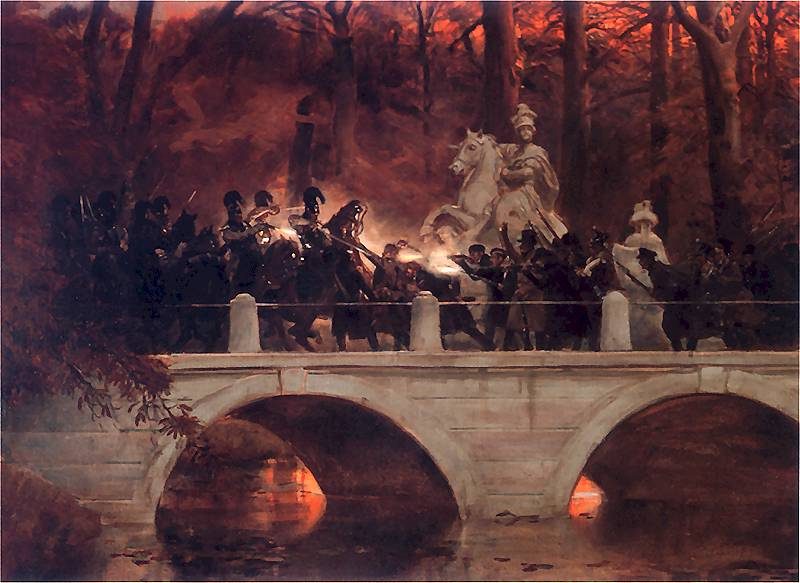The editors of Edward Clarke’s Travels in Russia, Tartary and Turkey published in 1839 in Edinburgh by William and Robert Chambers described the events that took place only several years ago. Apparently, they did so in confirmation of the observations Dr. Clarke made about the Russians in his book. Here is an excerpt:
“The ancient republic of Poland, it is well known, was divided by Russia, Austria, and Prussia, in the reign of Catherine II., and only a small portion of it was left independent. The portion of Poland appropriated by Catherine was incorporated into the Russian empire, and has, from that period, been governed by the Russian laws. It was designated Russian-Poland and was divided into eight governments, the united population of which amounted to about 8,000,000. These governments were respectively Wilna, Grodno, Minsk, Volhynia, Podolia, Kijovia, Mohilev, Witebsk, with the province of Bialystok. That part of Poland which was not seized by the three powers became known as the Kingdom of Poland, and though left nominally independent, was annexed to the Russian crown.
This part of Poland enjoyed many peculiar privileges. The Russian emperor [Nickolas I] was crowned at Warsaw as king of Poland; the diets of the nobility were still held, in which freedom of speech was permitted, and the viceroy was a native Pole. The present emperor, Nicholas, as well as his predecessor, took an oath to maintain the independence and rights of Poland, and its frontiers towards Russia were guarded, as if they had abutted on a hostile country. Since the unsuccessful revolution of 1830, the aspect of affairs has been entirely changed. Poland has been treated as a conquered province, and its nationality utterly annihilated. The Emperor Nicholas declared, by a ukase, that Poland had ceased to exist as a kingdom, and “that its inhabitants form but one nation with Russians, bound together by uniform and national sentiments.” The diet was abolished, the Russian language substituted for the Polish in the tribunals, the University of Warsaw was closed, with the exception of the medical, theological, and astronomical classes, and its valuable collections of books, manuscripts, and medals, were carried off to Petersburg. The declaration of the emperor, in excuse for this spoliation, was characteristic of the feelings which actuated him throughout: ” As the Russian troops took Warsaw by force of arms, all those article belong to her by right of war.”
Harvard Professor Richard Pipes in his book “Russia Under the Old Regime” described the way Moscow treated other nations during Soviet times: “We have here clear proof that concealed behind lofty slogans of‘national tasks’ lay the very mundane reality of seizing resources to satisfy Russia’s insatiable appetite for land, and in the process, shoring up the internal position of the monarchy. The situation has not changed today. For example, census figures show that in Latvia and Estonia, occupied by the USSR in 1940 in consequence of the Nazi-Soviet pact, there has occurred in the subsequent thirty years (1940-70) a very substantial influx of Russians. This migration combined with mass deportations to Russia proper of Latvians and Estonians, has more than tripled the number of Russian inhabitants in these two conquered republics (from 326,000 to 1,040,000) and nearly tripled their proportionate share of the population (from io-8 per cent to 28-0 per cent).” Exactly the same methods were and are presently used in Ukraine – an earlier article “Ukraine’s Total Recall” describes it in every detail. Russia does resemble a Bloated Toad. But even more, it resembles the tumorous cancer.
